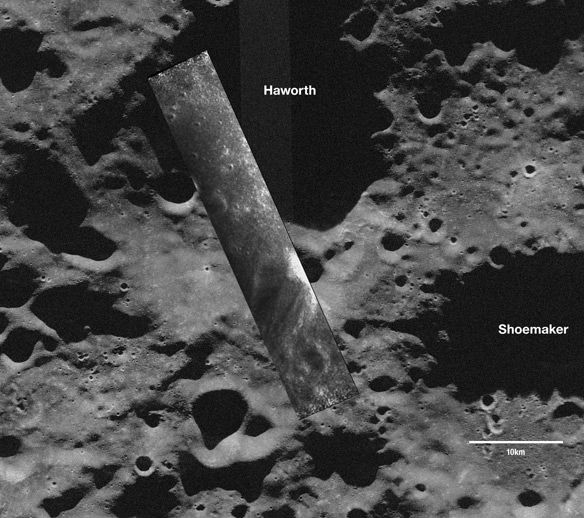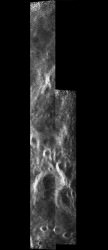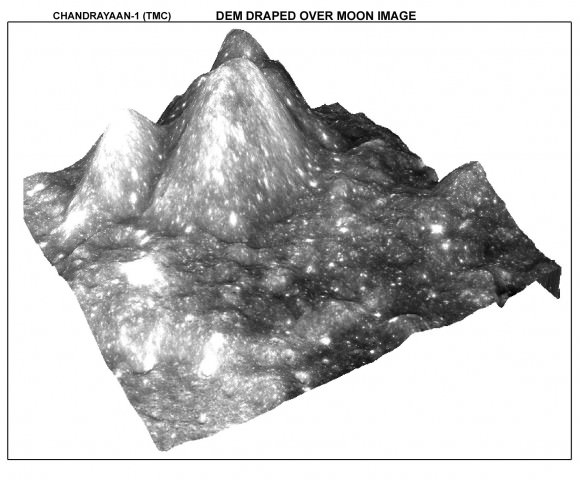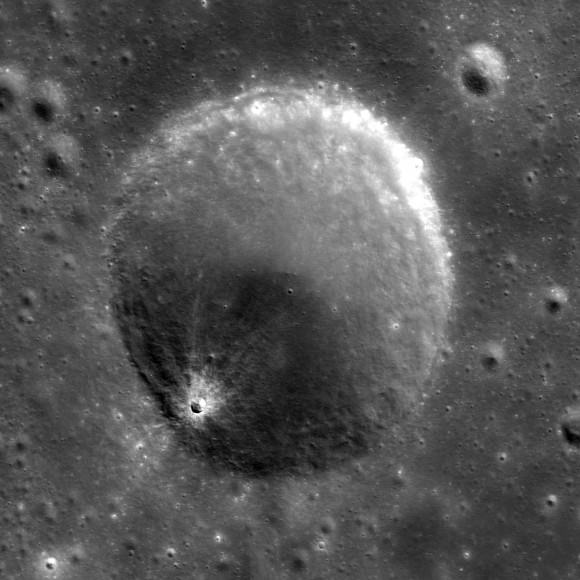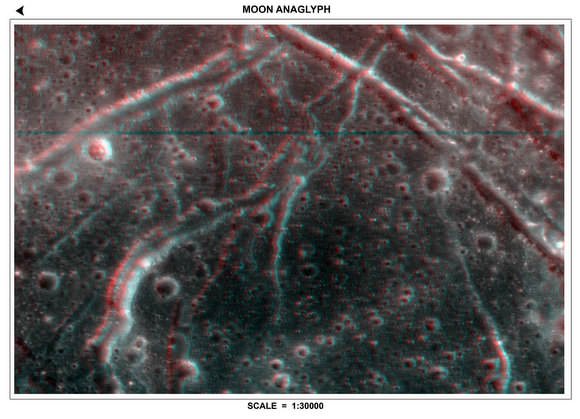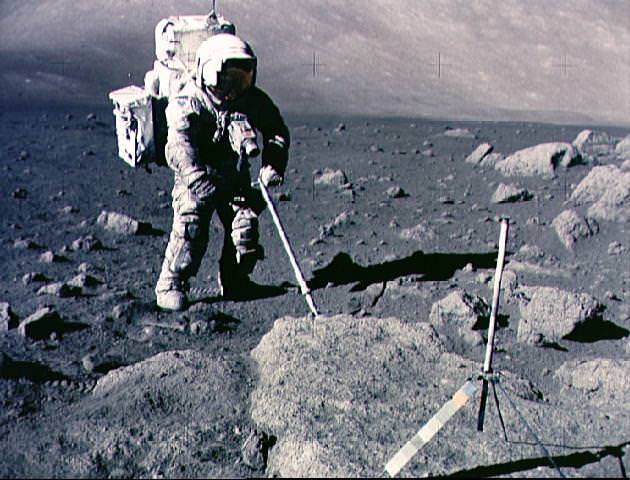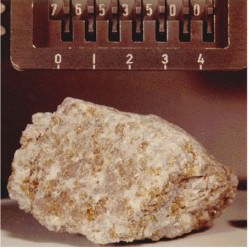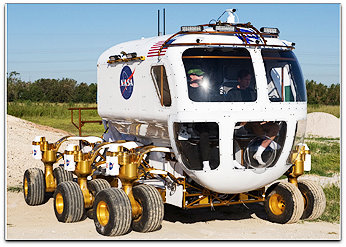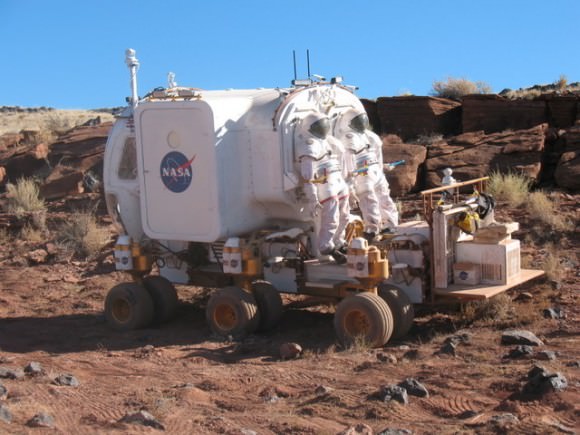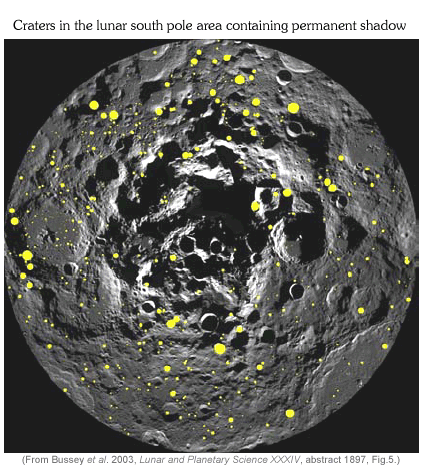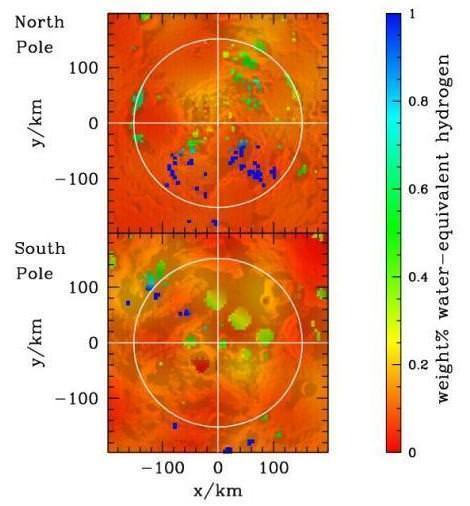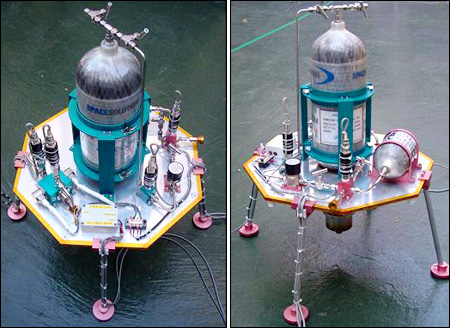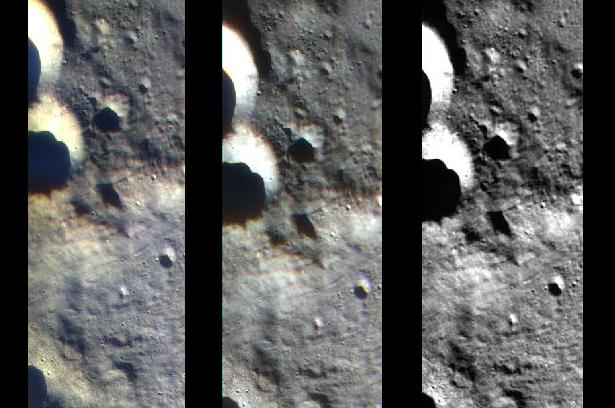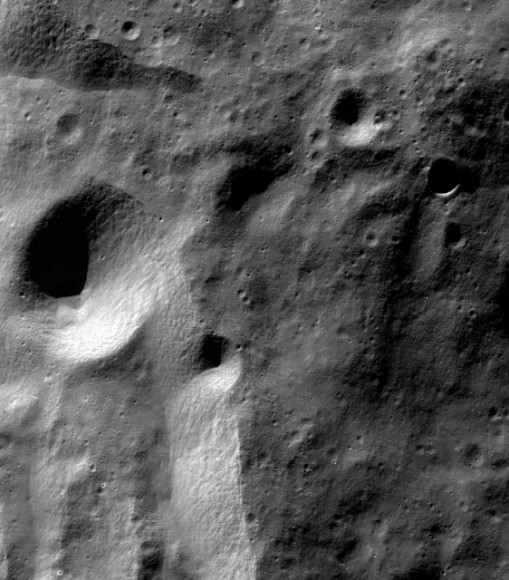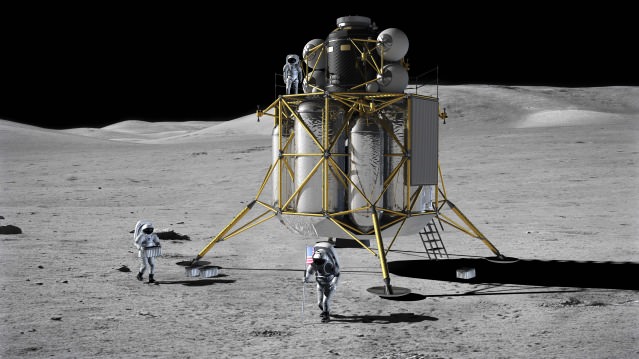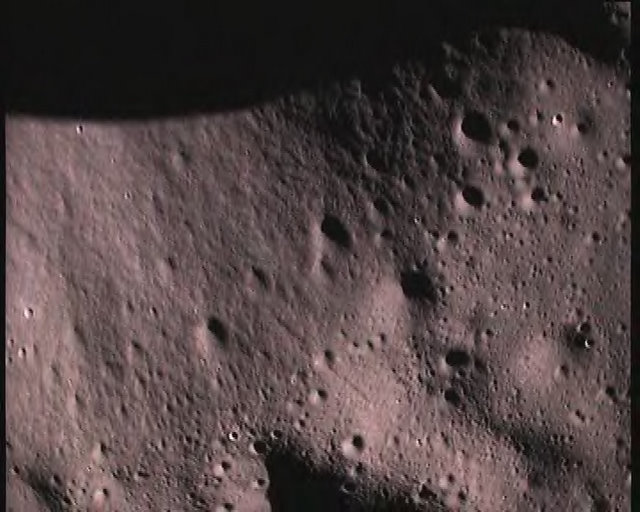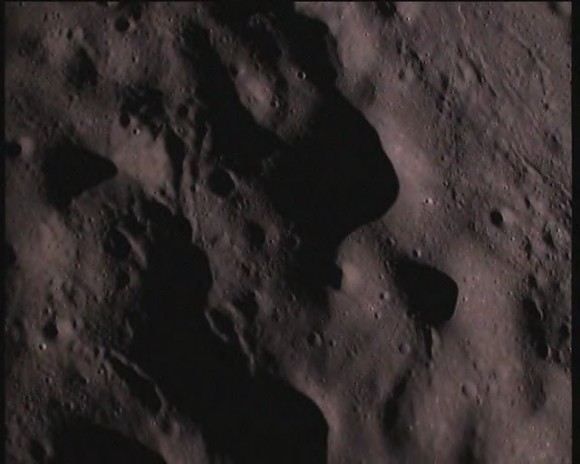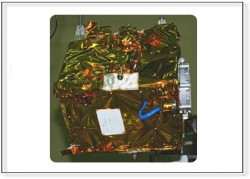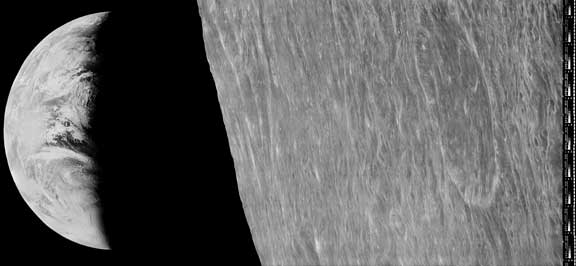[/caption]
The moon’s “near side” always faces Earth, because the moon spins once on its axis in precisely the same amount of time it takes to revolve around the Earth. But things could have been different billions of years ago. A computer analysis of the amount of craters on the different hemispheres of the Moon shows that the far side may have once been facing Earth. A large asteroid impact may have caused the moon to change the way its faces Earth.
One consequence of the Moon being locked in a spin-orbit resonance of synchronous rotation is that more impacts should occur on the Moon’s western hemisphere than the eastern, as that side would be facing into orbit, making it more likely to be hit by debris.
But Mark Wieczorek and Matthieu Le Feuvre at the Paris Institute of Earth Physics in France compared the relative ages of the craters, using data about the sequence in which ejected material was deposited on the surface, and they found the opposite to be true. Although the youngest impact basins were concentrated in the western hemisphere, as expected, the older craters were mostly congregated in the east. This suggests that the eastern face had once been bombarded more than the western face.
This could have happened if a large asteroid impact caused the moon to do an about face. The researchers estimate after the impact, the moon would have appeared to turn slowly as viewed from Earth, and slowly would have come into its current position.
In looking at several of the largest lunar impact basins, there are several suspects for impacts that could have temporarily unlocked the Moon from synchronous rotation.
“We show that there is less than a 2% probability that the oldest lunar impact basins are randomly distributed across the lunar surface,” the researchers say. “Furthermore, these basins are preferentially located near the Moon’s antapex of motion, and this configuration has less than a 0.3% probability of occurring by chance.”
The team studied the relative age and distribution of 46 known craters. Wieczorek says the Chandrayaan-1 or Kaguya orbiters could provide information on more craters that would help in further research in this area.
For more information, see the abstract.
Sources: New Scientist


